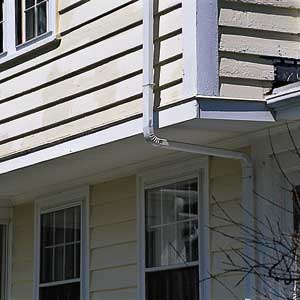
Some homes transcend the basic functionality of providing "a roof over your head" or to serve a family "and the foster home." When a home is a display case of the rich and / or the fashion and / or consumption, we can speak of a "big house". The residence of a feudal lord or ruler may require defensive structures and thus turn into a fortress or a castle. The house of a monarch might come to the house courtiers and officers, as well as the royal family: This type of home can become a palace. In addition, over time, the lord or monarch may wish to fall back on a more personal or just like the space of a house, a hunting lodge or a dacha. Compare the popularity of the holiday house or cottage, also known as a cradle. Contrary to a higher grade or modern trend to own several houses, most of human history shows the importance of multi-purpose buildings. Thus, the house long served as the traditional place of the work (the original site craft or "in house" small workshop manufacturing) and trade (with, for example, a ground-floor "shop-front "counter or store or office, with living space above). During the Industrial Revolution there was a separation of manufacturing and banking from home, but so far, some retailers continue (or returned) to live "on the shop." Many homes have several rooms with specialized functions. This could be a living / eating area, a rest area, and (if the facilities and services appropriate exist) washing and toilet. In traditional agriculture-oriented companies, domestic animals, such as raising chickens or more (like cattle) often share part of the house with human beings. Most modern houses will contain at least one bedroom, bathroom, kitchen (or kitchen), and a lounge. A typical "square house" (see photo) occurred frequently in the early history of the United States of America, with a staircase in the center of the house, surrounded by four bedrooms, and linked to ' Other sections of the house (including the most recent periods of a garage). Ideally, the architects designing houses rooms to meet the needs of people who live in the house. This concept, known as the "interior design" has become a popular subject in the universities. Feng shui, originally a Chinese method to locate homes based on factors such as sunlight and micro-climates, has recently expanded its scope to address the design of interior spaces, in order to promote the harmony effects on people living in the house. Feng Shui can also mean the "climate" in or around a home. Compare property sales concept of "indoor-outdoor flow." More generally, people often build houses on the material available closest, and often tradition and / or culture building materials govern, therefore the all cities, regions, departments or even state / country can be built into one type of equipment. For example, a large proportion of American homes use wood, while most British and many European countries are using homes stone or brick. A strange feature of British law is that the new houses are not covered by the Act on the sale of. When buying a new home, the buyer has less legal protection that when buying a new car. new homes in the United Kingdom may be covered by a guarantee NHBC but some people think that it would be more useful to put new houses on the same legal footing as other products. In the United States, many new houses are built extensive expertise in the field of housing, which offer owners a sense of belonging and a feeling that they have "done" the best use of their money. Nevertheless, these houses are often built as cheaply and quickly as possible by the large manufacturers who are seeking to maximize profits. lot of environmental health problems are ignored or minimized in the construction of such structures. In one case, in Benicia, California , a tract housing was built on an old landfill. House have never been said, and is only found when some began to have reactions to high levels of lead and chromium. With the growth of dense settlement , humans developed ways of identifying the houses and / or parcels of land. acquire houses, sometimes names and the names of those who may acquire in turn emotional connotations: see, for example, the house of Howards End or the castle of Brideshead Revisited. A more systematic and general approach to the identification of houses may use different methods numbering house. Properties can express the circumstances or the opinions of their builders or their inhabitants. example , a big house and develop can be used as a sign of ostentatious wealth, while a low-profile house built of recycled materials may indicate support for energy conservation. Houses of particular historical importance ( former home of the famous example, or even very old houses) can get a protection status of urbanism as examples of built heritage and / or values street. plates can mark these structures.
No comments:
Post a Comment